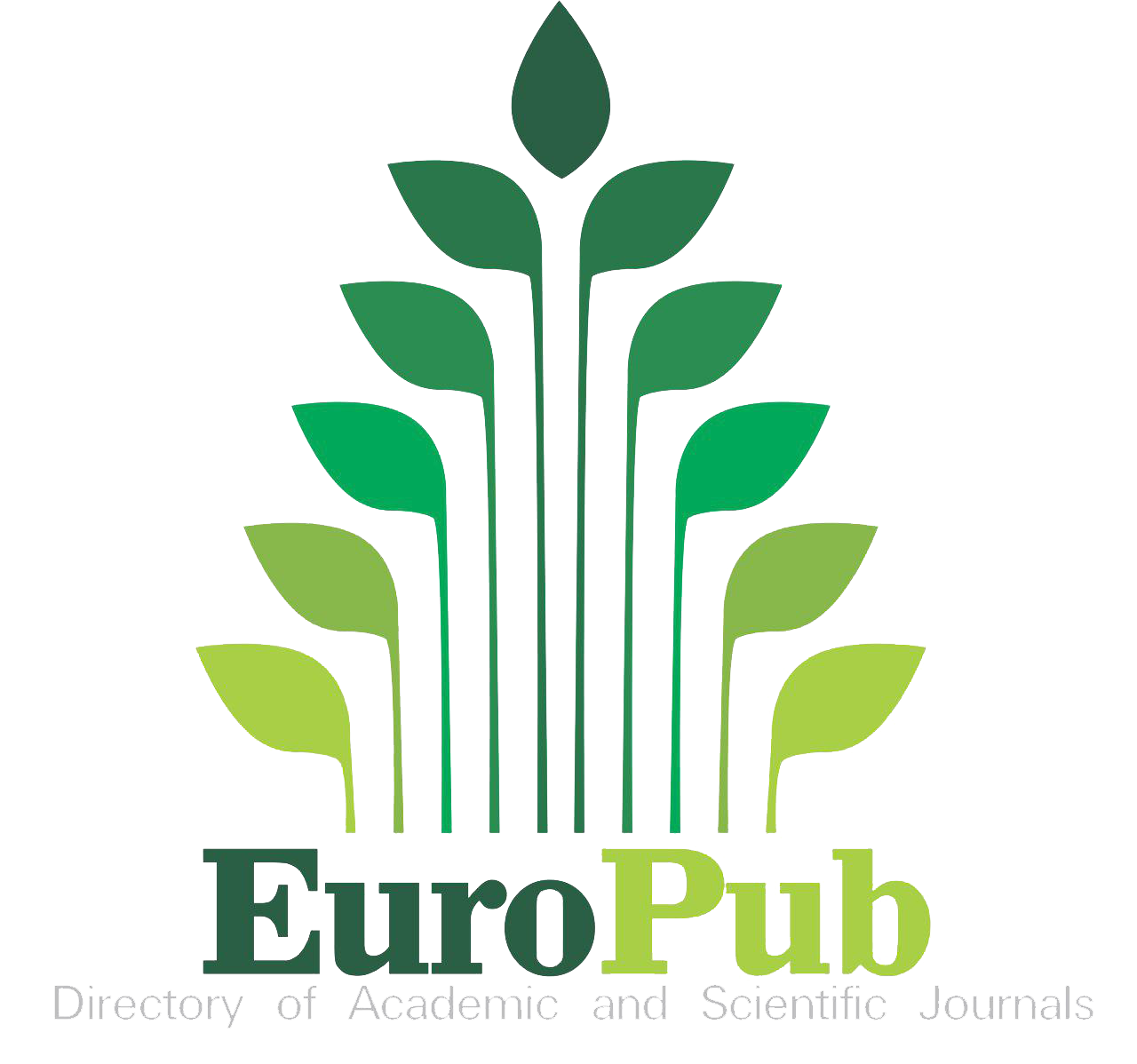THE HYPOTHETICAL LEARNING TRAJECTORY OF ENUMERATION RULES WITH ISLAMIC VALUES
Abstract
A context with Islamic values lies in can be used as a starting point in learning mathematics. The challenge is how teachers can deliver, formulate, and connect the mathematical content and the Islamic values in the learning activities. One of the learning approaches that can solve that challenge is Realistic Mathematics Education (RME) by implementing context as one of the activities. This study aims to design hypothetical learning trajectories (HLT) for supporting students in learning the rules of enumeration with the RME approach based on Islamic values. This study uses the first phase of design research (DR) methods. The first phase, namely preliminary design. The HLT is developed in this phase and will then be tested on students in experimental design, and the implemented results are analyzed in the retrospective analysis. Researchers began the study with a literature review, then obtained data about students' difficulties in the enumeration (counting) rule. Based on the review, researchers formulated activities into learning procedures and expected students and teachers’ responses, called HLT. The HLT of enumeration rules on data content with RME based on Islamic seen from the perspective of the four emerging modeling levels. At the first level – the 'situational level' – students explore the realistic context of determining the possible route to the mosque. The second level is the 'referential level' where the selection rules are used as a starting point for learning the concept of probability. At the third level – the 'general level' – students use diagrams to generalize the possible outcomes of an experiment and develop an understanding of multiplication rules. Finally, students develop their informal knowledge at the 'formal level' into formal concepts of multiplication rules.
Keywords
Full Text:
PDFReferences
Abdussakir. (2017). Internalisasi Nilai-Nilai Islami dalam Pembelajaran Matematika dengan Strategi Analogi. SI MaNIs (Seminar Nasional Integrasi Matematika dan Nilai-Nilai Islami), 1, 659-665.
Abdussakir. (2018). Integrating Mathematics and Religious Teachings and Values in Elementary and Secondary School. he 1st International Conference on Mathematics and Islam (ICMIs).
As’ari, A. R., Chandra, T. D., Yuwono, I., Anwar, L., Nasution, S., Hasanah, D., . . . Atikah, N. (2018). Buku Guru Matematika untuk SMA/SMK Kelas X. Jakarta: Pusat Kurikulum dan Perbukuan Balitbang Kemdikbud.
Bakker, A. (2004). Design research in statistics education: On symbolizing and computer tools (Doctoral dissertation). Utrecht: Wilco, Amersfoort.
Basya. (2007). Matematika Islam. Republika.
Hadi, S. (2017). Realistic mathematics education (theory, development, and implementation. Jakarta: PT Raja Grafindo Persada.
Irawan, A., & Kencanawaty, G. (2017). Implementation of Realistic Mathematics-based Etnomathematics Learning [in Bahasa]. Journal of Medives, 1(2), 74-81.
Jatmiko, M. A., Herman, T., & Dahlan, J. A. (2021). Desain Didaktis Materi Kaidah Pencacahan Untuk Siswa SMA Kelas XI. Hipotenusa Journal of Research Mathematics Education, 4(1), 35-54.
Johnson, E. (2002). Contextual teaching and learning: What it is and why it's here to stay. Corwin Press.
Kuntowijoyo. (2001). Muslim Tanpa Masjid: Esai-Esai Agama. Budaya, Dan Politik Dalam Bingkai Strukturalisme Transendental. (I. S. Ibrahim, Ed.) Mizan Media Utama.
Kusaeri, Sadieda, L. U., Indayati, T., & Faizeien, M. I. (2018). Developing an assessment instrument of higher order thinking skills in mathematics with in Islamic context. In Jornal of Physics: Conference Series. 1097. IOP Publishing.
Mariana, N. (2017). Transforming mathematics problems in Indonesian primary schools by embedding Islamic and Indonesian contexts. Doctoral dissertation, Murdoch University.
Maryati, I., & Priatna, N. (2017). Integrasi nilai-nilai karakter matematika melalui pembelajaran kontekstual. Moshafa: Jurnal Pendidikan Matematika, 6(3), 333-344.
Mawarni, M. (2016). Desain didaktis materi permutasi dan kombinasi pada pembelajaran matematika kelas XI program IPA MAN 1 Banjarmasin. Skripsi.
Muslimin, Putri, R. I., & Aisyah, N. (2020). Learning Integers with Realistic Mathematics Education Approach Based on Islamic Values. Journal on Mathematics Education, 11(3), 363-384.
Nihayati, N., Suningsih, A., & Abdullah, H. M. (2019). Integrasi Ayat-Ayat Bilangan Dalam Al-Qur’an Dengan Nilai-Nilai Islam. Seminar Nasional Matematika dan Pendidikan Matematika, 2, pp. 101-109.
Novikasari, I., & Ulpah, M. (2022). Development of Islamic Context Learning Materials to Facilitate the Conceptual Understanding of Mathematics. JTAM: Jurnal Teori dan Aplikasi Matematika, 6(3), 488-497.
Prahmana, R. C. (2017). Design Research:(Teori dan Implementasinya: Suatu Pengantar). Rajawali Pers.
Rahman, B., Abdurrahman, A., Kadaryanto, B., & Rusminto, N. E. (2015, November). Teacher-based scaffolding as a teacher professional development program in Indonesia. Australian Journal of Teacher Education, 40(11), 67-78.
Salafudin, S. (2015). Pembelajaran matematika yang bermuatan nilai Islam. Jurnal Penelitian, 12(2), 223-243.
Sembiring, R. K., Hadi, S., & Dolk, M. (2008). Reforming mathematics learning in Indonesian classrooms through RME. ZDM, 40, 927-939.
Treffers, A. (2012). Three dimensions: A model of goal and theory description in mathematics instruction—The Wiskobas Project . Springer Science & Business Media.
Ulpah, M., & Novikasari, I. (2020). Developing islamic context-based learning materials in increasing students’ mathematical understanding. Al-Jabar: Jurnal Pendidikan Matematika, 11(1), 29-38.
van den Akker, J., Gravemeijer, K., McKenney, S., & Nieveen, N. (Eds.). (2006). Educational Design Research. London: Routledge.
van den Heuvel-Panhuizen, M., & Drijvers, P. (2020). Realistic Mathematics Education. Encyclopedia of Matehmatics Education, 713-717.
van Galen, F., Feijs, E., Figueiredo, N., Gravemeijer, K., van Herpen, E., & Keijzer, R. (2008). Fractions, percentages, decimals and proportions: A learning-teaching trajectory for grade 4, 5 and 6. Brill.
Wahyudi, T., Zulkardi, Z., & Darmawijoyo, D. (2016). Pengembangan soal penalaran tipe TIMSS menggunakan konteks budaya Lampung. Jurnal Didaktik Matematika. Jurnal Didaktik Matematik, 3(1), 1-14.
Wijaya, A. (2012). Realistic Mathematics Education. Yogyakarta: Graha Science.
DOI: http://dx.doi.org/10.26737/jpmi.v7i2.3740
Refbacks
- There are currently no refbacks.
Published by:
Institute for Managing and Publishing of Scientific Journal
STKIP Singkawang
Jl. STKIP, Kelurahan Naram, Kecamatan Singkawang Utara, Kota Singkawang, Kalimantan Barat, Indonesia
Website: https://journal.stkipsingkawang.ac.id/index.php/JPMI/index
Email: [email protected]
JPMI Indexed by:
JPMI (Jurnal Pendidikan Matematika Indonesia) is licensed under a Creative Commons Attribution-NonCommercial 4.0 International License.



















